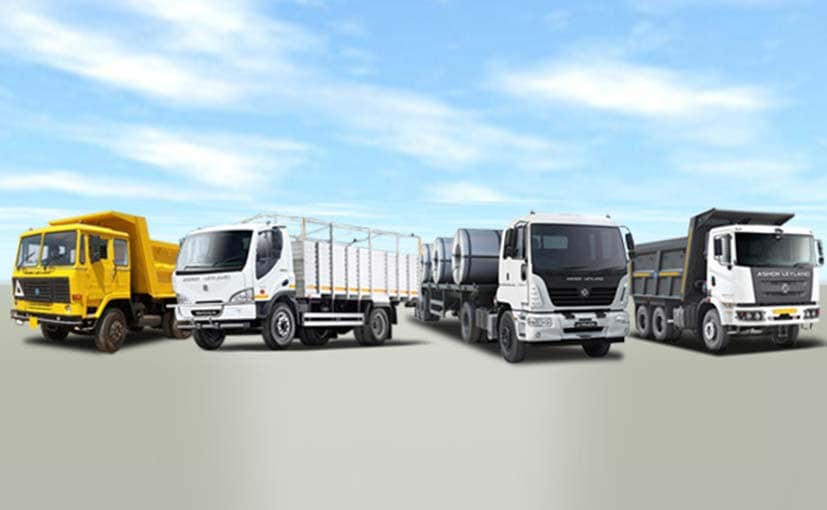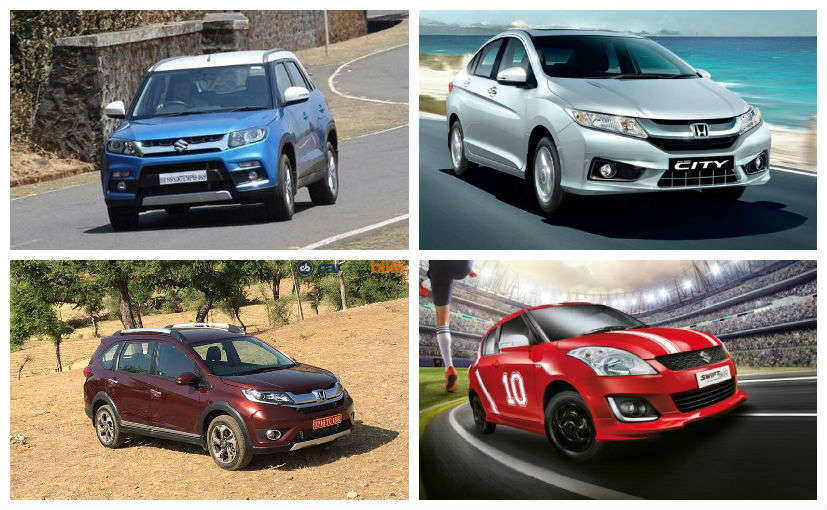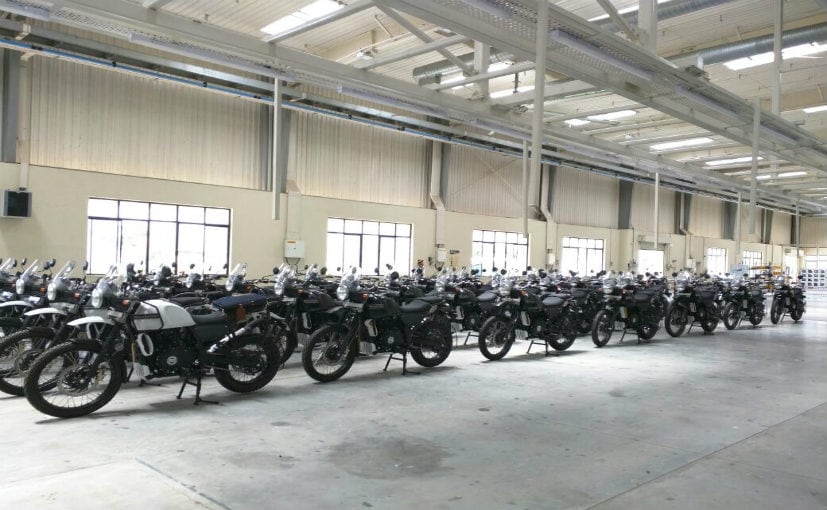BS III Vehicles: What Next For Auto Manufacturers?

Highlights
- Manufacturers are offering heavy discounts on BS III two-wheelers
- Nearly 6 lakh units of BS III two-wheelers still remain unsold
- Retro-fitting of BS IV engines is one of the options
Auto companies will not be allowed to sell or get vehicles registered which do not meet the latest Bharat Stage IV (BS IV) emission regulations. The deadline allowing sale and registration of BS III vehicles is 31 March 2017. On Wednesday, the Supreme Court has prohibited the manufacture, sell or registration of BS III vehicles from 1 April. The apex court's order is in line with keeping in mind environmental concerns, but it's going to hit auto makers hard, particularly those with existing inventories of BS III vehicles running into lakhs. Here is everything that you need to know about the Supreme Court Ruling.
Manufacturers were supposed to make their existing models BS IV compliant by 1 April 2017, and a few have managed to meet this deadline. But there is still a huge stock of unsold vehicles left in the market which are BS III compliant. According to the Society of Indian Automobile Manufacturers (SIAM), over 8 lakh such BS III vehicles were being held till 20 March 2017. And together these BS III vehicles cost a whopping Rs 12,000 crore. While dealers may have been able to sell off some numbers, it's now a mad rush to offer heavy discounts to clear out existing stocks.
 (Over 96,000 units of BS III Commercial Vehicles are in stock in India)
(Over 96,000 units of BS III Commercial Vehicles are in stock in India)It's still not clear what auto manufacturers are planning to do in case there are significant numbers of BS III vehicles left in stock after the deadline expires on 31 March 2017. Sources in one of the largest two wheeler manufacturers said that there is no concrete plan as yet, but heavy discounts are being offered across dealerships and there have been a lot of consumer interest on the discounted bikes and scooters.
The discount route is one option for auto makers to clear out the existing stock of BS III vehicles, but the 31 March 2017 deadline doesn't leave too much time, and it may not be possible to sell such a large number of vehicles in such short time. Two wheelers make up a huge chunk of the existing BS III stock in the market - as many as 6.71 lakh two wheelers out of over 8 lakh total BS III vehicles. Manufacturers are now offering heavy discounts on mass market bikes and scooters to clear out as much stock as possible.
 (Only 16,000 units of BS III compliant passenger cars are left as unsold stock in India)
(Only 16,000 units of BS III compliant passenger cars are left as unsold stock in India)The second option is to retrofit the old inventory. This would mean taking back the BS III vehicles spread out across dealerships and then adapt these vehicles to meet BS IV emission norms. There is however a cost involved in such an exercise; not only modifying the exhaust systems, but also transportation costs to bring the BS III vehicles back to the factory for modification.
The third option is to try and export these vehicles to markets where emission regulations aren't as stringent. For example, Hero MotoCorp has a strong presence in Africa and Latin America, where this existing stock can be exported to and sold. While some countries like Argentina, Brazil and Chile already have emission regulations in place (Euro V and above), there are other smaller countries where emission standards still lag behind to Euro I or Euro II and in a few countries there is still no enforcement of any emission standards.
 (Manufacturers are offering heavy discounts on unsold BS III two-wheelers across India)
(Manufacturers are offering heavy discounts on unsold BS III two-wheelers across India)For now, there is hardly any time to clear out such a large inventory of BS III vehicles, even with heavy discounts. While a few companies like Bajaj Auto have met the deadline to meet BS IV compliance, from all accounts, most two wheeler manufacturers are likely to take a hit. At this point of time, the only practical recourse seems to be to retrofit these vehicles to comply with BS IV regulations or to sustain losses.
Related Articles
Latest News
- Home
- News
- Two Wheelers
- BS III Vehicles: What Next For Auto Manufacturers?














